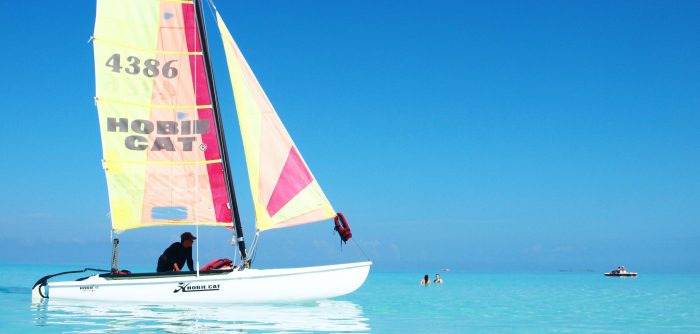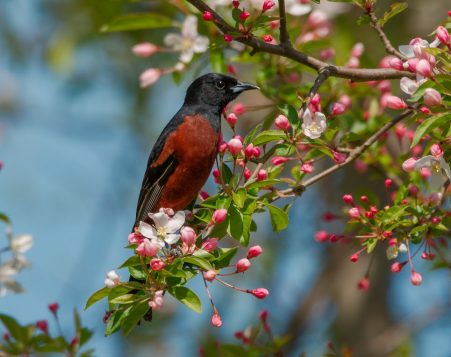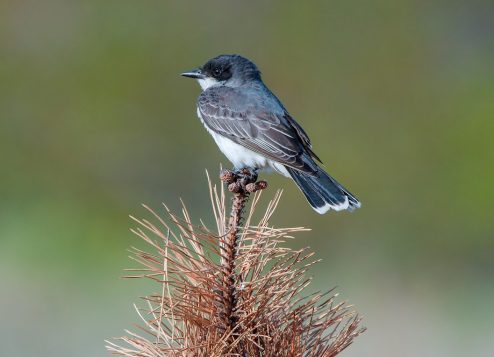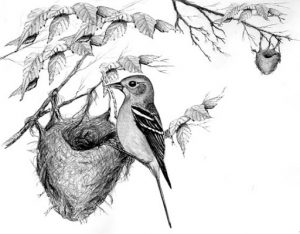By Daniel Dunaief

With my fingers crossed, I am excited about the return of shows on Broadway, which is scheduled to reopen in September.
Something magical happens when a curtain rises, taking an excited audience on a musical journey to other places and other times.
Decades ago, I attended a production of “The King and I.” While the famous Yule Brenner played the title role, I found the experience utterly meaningless.
I remember asking my mother what those small people were doing so far away from me, as we watched that production in the third balcony.
“Next time,” my mother said through gritted teeth to my father, “I’m getting the tickets.”
Sure enough, my parents took my brothers and me to “A Chorus Line.” The experience was as different as standing across the street, looking through the fog at a candy store and sitting at the counter, reading through a menu and enjoying the smell of warm waffles and ice cream and the sight of tantalizing delicacies akin to what I imagined Turkish delights from the Narnia series would taste like.
The live performance so completely captivated me that I left the auditorium humming some of the songs and hoping everything would work out for characters who came from broken homes and broken dreams. Each of the actors was taking his or her shot, hoping for approval, and a job, doing what he or she loved.
I have found numerous shows that have been as moving and as thrilling, including more modern performances, like “Dear Evan Hansen.”
The combination of sights and sounds, the emotional range from humor to tragedy and the riveting live voices that cause seats to vibrate and artwork to come alive provide a completely immersive artistic experience.
I don’t always love every moment in a show, and I don’t always understand what a director or actor is conveying, but that doesn’t stop me from trying or from appreciating the effort.
When I was in high school, I joined the pit orchestra of the musicals “The Wizard of Oz” and “West Side Story.” I far preferred the latter, with its more complicated and intricate music, although participating in each performance provided artistic highlights for my high school career.
On one of my first dates with my wife, we attended “A Funny Thing Happened on the Way to the Forum,” starring Nathan Lane. The show, which I had seen once or twice before, was a familiar pleasure, while Lane’s periodic breaking of character and hamming up the role tickled the audience, sharing the equivalent of a modern-day wink with an appreciative crowd.
After the show, I was thrilled to find that my wife shared my love and appreciation for the Great White Way. We repeated lines that amused us, commented on the sets, and appreciated the spectacular stage presence of an acting legend who, somehow, show after show, seemed to be completely in the moment.
As we continue to emerge from a pandemic in which we discussed books we’d read and Netflix shows we’d seen, I am eagerly looking forward to returning to the cushioned seats, the brightly-colored programs, the friendly ushers, and the hard-working cast members who inspire and elevate my life with their dedication, talent and hard work.
Who knows? This year, I might even go back to dressing up for the occasion, tying a tie, finding matching dark socks, and wearing dress shoes as the lights return to live performances, the orchestra holds up its instruments, and the actors take deep breaths, preparing to serenade those lucky enough to score tickets to a transformative ride.


















 A resident of Setauket, John Turner is conservation chair of the Four Harbors Audubon Society, author of “Exploring the Other Island: A Seasonal Nature Guide to Long Island” and president of Alula Birding & Natural History Tours.
A resident of Setauket, John Turner is conservation chair of the Four Harbors Audubon Society, author of “Exploring the Other Island: A Seasonal Nature Guide to Long Island” and president of Alula Birding & Natural History Tours.





 There was an inverse relationship between the amount of meat consumed and cataract risk. In other words, those who ate a great amount of meat were at higher risk of cataracts. “Meat” included red meat, fowl and pork. These results followed what we call a dose-response curve.
There was an inverse relationship between the amount of meat consumed and cataract risk. In other words, those who ate a great amount of meat were at higher risk of cataracts. “Meat” included red meat, fowl and pork. These results followed what we call a dose-response curve.




